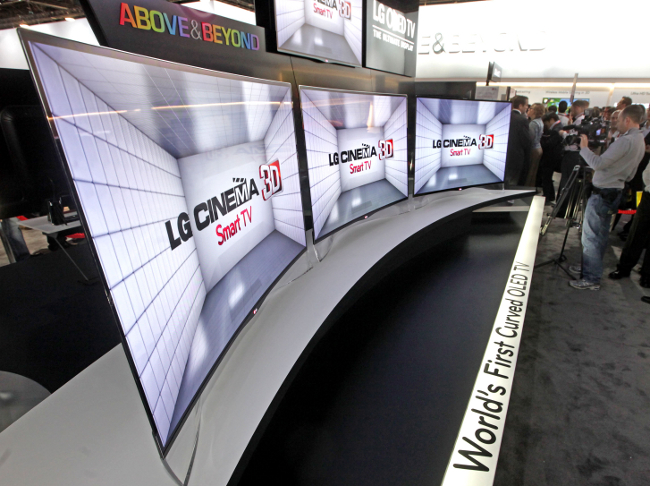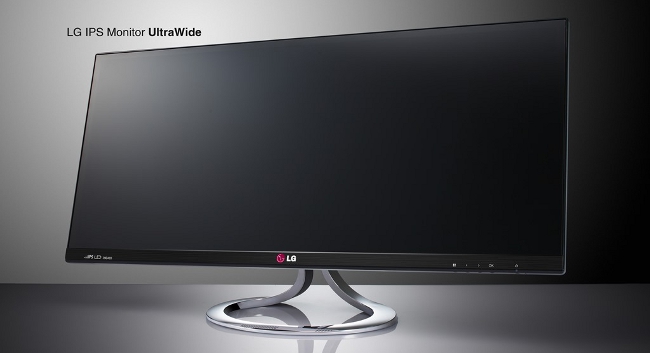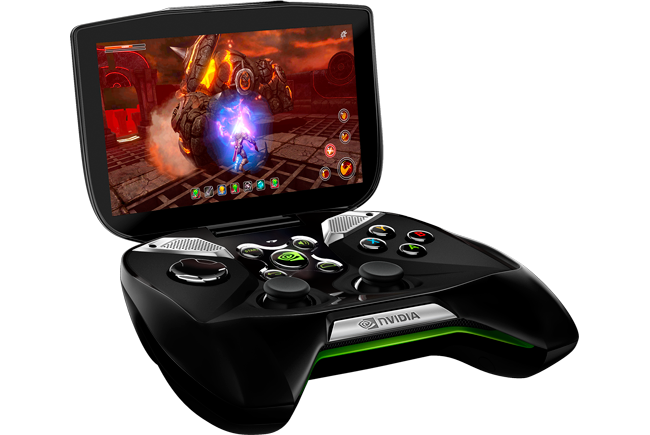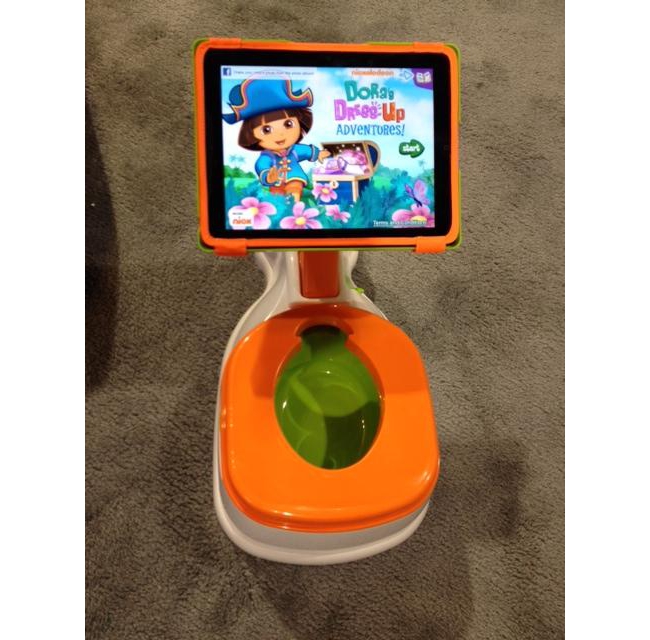Samsung Curved OLED TV
CES 2013 packed up on Friday and now the gadget hounds have retreated from Sin City until next year we take a look at some of the new devices that stole the spotlight during the four-day event, from Samsung’s Curved OLED TV to Nvidia’s Project Shield, as well as some new products from LG. We also have a toilet-training iPad accessory, and something that caught our eye outside of CES: a realistic robot baby.
Samsung’s almost-original idea
TV manufacturers today are all about creating an ‘immersive experience’. Usually this means a whopping big screen and a barely there bezel, but Samsung has taken it to a new level with its Curved OLED TV. Boasting a ‘panorama effect’, Samsung claims to have optimised the picture on this concave set for comfortable viewing, and believes a curved panel – which means the distance between the user and the screen is consistent from most angles – is easier on the eye.
Unfortunately, Samsung believed it was bringing us something of ‘unprecedented shape’ at CES. It clearly wasn’t aware that over at the LG booth the very same thing was being showcased.
Snap! (Well-played, LG)
LG similarly raved that its Curved OLED EA9800 was an industry first, and this TV also comes with full Cinema 3D support.

LG had a rake of other TVs on show, including 21 new smart TVs, all of which take up the company’s minimalist Cinema Screen Design mantra (bezels be gone!), and an expanded ultra-HD TV line-up, including an 84-inch monster as well as (still large-screen) 55-inch and 65-inch models.
There was also the UltraWide EA93 IPS display monitor, a world’s first we think LG can hold up with its 21:9 aspect ratio. The 29-inch monitor achieves cinema-like proportions with – of course – a super-thin bezel.

LG also revealed it will be the first company to launch sales of an OLED TV in the form of its 55-inch EM9700. It will hit the Korean market this month, followed by the UK some time in Q1, with a price tag expected to fall around stg£6,000.
Nvidia wows with Project Shield
A genuinely original concept came from Nvidia’s appearance at CES. The Project Shield handheld gaming device and controller is the first product to contain the powerful Tegra 4 processor – unveiled last week as the world’s fastest mobile processor.

The Android-powered device looks like a typical wireless controller but with a mounted 5-inch HD touchscreen display (1,280 x 720 pixels, since you asked). Creators claim its built-in audio system is on par with Jambox speakers and during the showcase the controller was used to navigate screens on a 4K LG television – beats your average remote control, eh?
The device is said to be in the beta stage of development and plans are to have it ready for shipping by Q2 this year. It currently runs on Jelly Bean, but this could be updated as Android software moves on in the interim. The Wi-Fi-enabled device also features a micro-SD, HDMI output, USB port and headphone jack.
iPad accessories go potty
Among the TVs, smartphones, computers, games consoles, audio equipment and home appliances, CES also unearths some products that are a little way off the beaten track, like CTA Digital’s iPotty.
This child’s potty comes with an iPad mount and is meant to encourage kids out of nappies by tempting them with games and videos on the Apple tablet. A cover protects the iPad from being damaged when attached to the iPotty, which is due to go on sale in March.

CTA Digital has made a habit of incorporating iPads into many children’s toys, from activity stations to inflatable cars, so why not move on to other child-centred products? The iPotty is compatible with second to fourth-generation iPads and the company plans to make it available for other tablets in the future.
Diego-san: the extremely lifelike (and quite creepy) robot baby
Outside of CES, another child-like gadget caught our attention – and we mean ‘child-like’ in the most literal sense.
Researchers from the Machine Perception Lab in the University of California, San Diego (UCSD) Institute for Neural Computation have been working on developing a sophisticated humanoid robot modelled after a one-year-old baby for about two years now, in order to study how infants develop motor skills and learn to interact with the world using non-verbal communication.
For this last part, facial expressions play a huge role and this robot baby called Diego-san with a body designed by Japanese robotics firm Kokoro and a face by David Hanson of Hanson Robotics, has a more expressive face than real-life human Keanu Reeves. Creepy, yes, but also amazing.
Stay informed – get daily updates on the latest happenings in technology directly to your inbox.